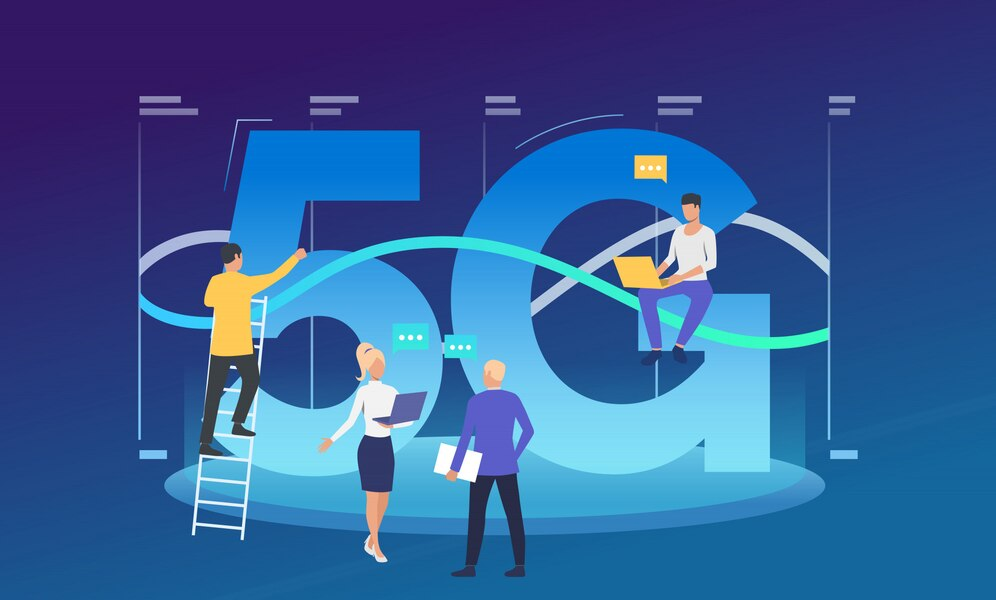Table of Contents
The advent of 5G technology heralds a new era in telecommunications, promising blazing-fast speeds, ultra-low latency, and unprecedented connectivity. As the world eagerly embraces this next-generation network, it’s essential to explore how 5G will revolutionize cell phone technology and redefine our digital experiences.
1.Speed Redefined
5G isn’t just an incremental upgrade; it’s a quantum leap in speed compared to its predecessors. With download speeds potentially reaching up to 10 gigabits per second (Gbps), users can download large files, stream high-definition content, and engage in real-time gaming with unparalleled fluidity. This remarkable speed ensures seamless connectivity, opening doors to new possibilities in entertainment, education, healthcare, and beyond.
2.Ultra-Low Latency
One of the most significant advancements of 5G is its ultra-low latency, reducing delays to as little as one millisecond. This near-instantaneous responsiveness is a game-changer for applications that demand real-time interaction, such as augmented reality (AR), virtual reality (VR), and autonomous vehicles. From immersive gaming experiences to remote surgery, the negligible latency of 5G unlocks a world of innovative solutions and enhances user engagement.
3.Enhanced Connectivity
Beyond individual devices, 5G enables a vast ecosystem of interconnected devices through the Internet of Things (IoT). With its ability to support a massive number of simultaneous connections, 5G lays the groundwork for smart cities, smart homes, and industrial automation. From smart appliances and wearables to autonomous drones and sensors, the seamless connectivity of 5G facilitates efficient data exchange, driving unprecedented levels of automation and productivity.
4.Empowering Innovation
The high speed and low latency of 5G empower innovators to push the boundaries of technology further than ever before. Developers can create immersive AR experiences, real-time translation services, and collaborative virtual environments with minimal lag, unlocking new avenues for creativity and productivity. Additionally, industries such as healthcare, manufacturing, and transportation can leverage 5G to optimize operations, enhance safety, and deliver superior services.
5.Challenges and Considerations
While the potential of 5G is immense, its widespread adoption poses several challenges and considerations. These include the need for extensive infrastructure upgrades, spectrum allocation issues, cybersecurity concerns, and potential health implications. Addressing these challenges requires collaboration between governments, telecommunications companies, and technology providers to ensure a smooth and secure transition to 5G.
Conclusion: The 5G revolution is poised to reshape the landscape of cell phone technology, offering unprecedented speed, connectivity, and innovation. From lightning-fast downloads to real-time interactions and a thriving ecosystem of connected devices, 5G holds the promise of a more connected, efficient, and immersive future. Embracing this transformative technology requires careful planning, investment, and collaboration, but the rewards are boundless. As we stand on the brink of a new era in telecommunications, the possibilities enabled by 5G are limited only by our imagination.
